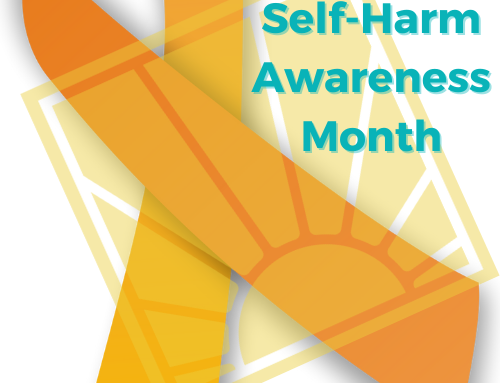Article two in a series of three about self-harm.
Self-Harm is an increasingly pervasive symptom of emotional distress among adolescent girls. Because it involves physical damage to the sufferer, cutting understandably evokes distress and fear in others. Viewed on a continuum, self-harming behavior can easily (though not always accurately) be interpreted as a precursor to suicidal behavior. Because self-harm is so pervasive and so disturbing, InnerChange program director Dustin Tibbitts, LMFT, has written a three part series to help parents better understand and address this behavior.
The way to assist someone who is self-harming is not to berate or cajole, to punish or threaten. People who self-injure are already very good at doing that to themselves. The first step toward helping someone who can’t seem to stop harming herself is to engage in a relationship of safety, respect, compassion, and trust.
It takes time, and it takes patience. There is no silver bullet. There is no magic technique or therapy or adolescent treatment program. Regardless of the setting, effective treatment of adolescent self-harm always starts with the same thing; a genuine relationship of mutual trust. Those of us who work in residential adolescent treatment have the advantage of offering multiple opportunities for this kind of relationship through groups, one on one counseling, family therapy and recreational activities with caring staff members.
Obviously, though, the relationship is just the beginning; the foundation upon which we build a treatment program. We must also impart new skills to the sufferer. The dangerous coping skills that she has been using to address her emotional struggles can no longer be options. We have to replace those behaviors with something else that works (more on this in part three of this series). But the relationship must come first.
One young woman I worked with years ago mocked a psychiatrist who told her to “draw a red line on her arm” instead of cutting. It didn’t work for her. She also rejected the unusual suggestion from an adolescent treatment professional in a hospital setting to “submerge her hand under cold water and ice cubes” until the cold burned her skin.
Instead of trying to find “safer” ways to mimic her self-harm, she found it more helpful to get involved with caring friends. As she developed an increased understanding of her struggle during treatment, she lived for the moments when she could connect with another human being. Eventually, friendships led her to activities in which she could get her hands doing something creative. Sculpting clay worked. Painting worked. Designing web pages on her laptop seemed to help. She allowed her creativity to blossom in the context of these new friendships and was able to move beyond the need to self-harm.
For adolescents whose cutting is especially serious, only extended treatment can help. Some need external help keeping themselves safe until they can find the courage and self-control it takes to face the emotional pain and heal it. In these cases, the 24/7 supervision and structure of a hospital or residential adolescent treatment center can be helpful.
The bottom line is that parents, treatment professionals and friends all need to patiently and respectfully engage in a genuine relationship of trust with someone who self-harms in order to take the next steps. Those next steps include teaching her new tools which will help her to work through her pain and assisting her in replacing the shame she feels with love.

